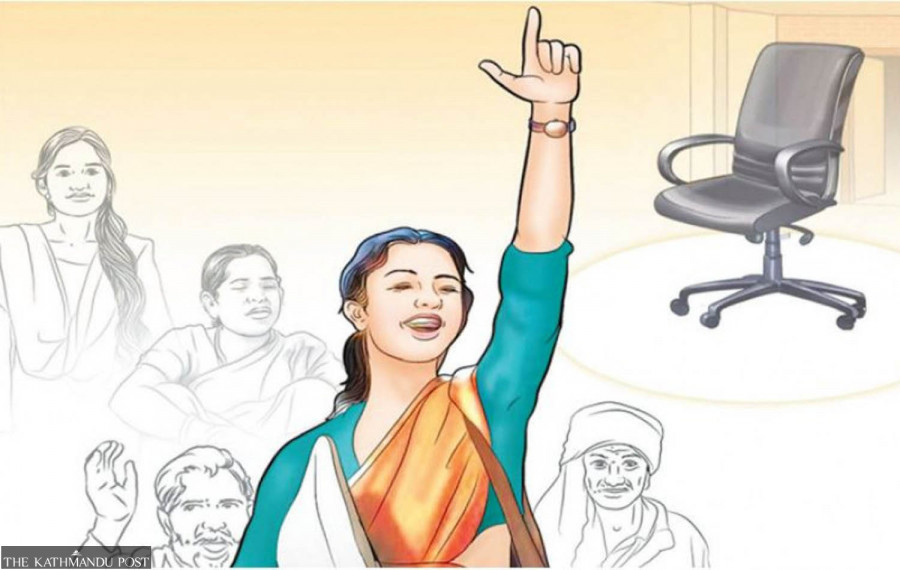Editorial
Exclusionary parliament
Major parties are running out of excuses to deny election tickets to marginalised.
A fair number of young candidates winning the first-past-the-post (FPTP) elections for the federal Parliament is something to be celebrated. The sad bit is that the incoming Parliament is still going to be homogenous, with low representation of historically marginalised groups like women, Dalits and Janajatis. Only one Dalit candidate has won under the FPTP system. A total of 16 Dalit candidates will be represented after factoring in PR seats. Thereafter, Dalits will comprise 5.8 percent of the 275-member federal lower house, even as they make up 13.8 percent of the national population. Likewise, just eight women have been elected through the FPTP system thus far. Forget that there are more women than men in the country; even the constitutional requirement of 33 percent women’s representation in Parliament is likely to be flouted by exploiting procedural loopholes. The total representation of Janajatis will be slightly better—with 24 percent representation against the national population of 38 percent—but again far from satisfactory.
The parties failed to field more candidates from marginalised groups under the FPTP system mainly because of the belief that such candidates cannot win elections. There is some truth to it. Women and members of the traditionally marginalised communities often lack the kind of money and muscle power that, for example, seasoned Khas-Arya male politicians bring to the election table. They are thus at a disadvantage right from the get go. Yet the results of recent elections also suggest the fast-changing electorate is more than willing to vote for clean and capable candidates, irrespective of their ethnic, gender or socio-economic backgrounds. The power of money and muscle, which have traditionally been instrumental in determining electoral outcomes in Nepal, is evidently on the decline. The major parties are thus fast running out of excuses not to give tickets to promising candidates from the marginalised groups.
This phenomenon can also be seen as an extension of lack of internal democracy in political parties. Again, their top echelons are filled with upper-caste men who are reluctant to trust either women or members of other ethnic communities with important responsibilities. Yet they all talk big, as is evident in their high-sounding manifestos promising a more “inclusive and equitable” Nepal. In reality, they continue to view the idea of representation and affirmative politics through the lens of tokenism rather than as a matter of conviction.
No political party that keeps away large sections of the society from important decision-making posts can be termed a democratic outfit; equitable representation is the bedrock of democracy. The hope again is that a third of the parliamentarians who have made it to the house for the very first time will lead this fight for more inclusiveness in all state organs, and in the political parties they represent. It should now be their responsibility to enact (and push for the implementation of) affirmative action policies to remove the traditional barriers members of the marginalised communities face on their quest for greater political representation. Only then will the national Parliament be a truly vibrant place for discussion of competing ideas and visions.




 6.59°C Kathmandu
6.59°C Kathmandu














